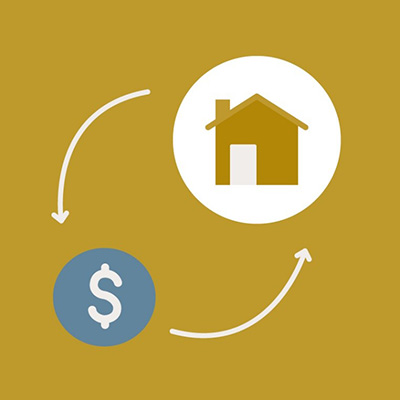
So, you’ve decided to take out a home equity line of credit, using your home’s value to finance home improvements or achieve another financial goal. But your work doesn’t end there. You still face some decisions that can make a significant difference in the total amount you ultimately pay your lender, such as whether you want a fixed rate HELOC or a variable rate HELOC.
The vast majority of HELOCs come with variable interest rates. That means the rate fluctuates with overall economic conditions and baseline interest rates set by the Federal Reserve Board, also known as the Fed. HELOC terms can last up to 30 years, so borrowers are likely to see some fluctuation in interest rates over the life of the loan.
In recent years, several lenders have added an option with more stability to their menus: fixed rate HELOCs. When borrowers set up a fixed rate HELOC, they can lock in whatever interest rate the Fed and other economic variables dictate at that time. The lower the fixed rate, the more valuable it is as a shield against future increases.
However, it’s important to remember that a fixed rate HELOC can also work against a borrower’s financial best interests. For example, if you open a HELOC with a fixed rate when Fed rates are high, you would prevent yourself from benefitting when rates fall.
Timing is everything — unless the terms of your HELOC leave wiggle room.
Some lenders offer flexibility with what they market as a fixed rate HELOC but that might also be promoted as a hybrid HELOC. Under the hybrid option, which is sometimes also called a convertible HELOC, a lender might allow a borrower to lock in a fixed rate for a particular draw or set of draws on the HELOC. This protects the borrower from rate increases on outstanding debt, but it leaves future draws subject to interest rate fluctuations.
Are you interested in learning more about fixed rate HELOCs? Reach out to one of our lending representatives today to learn more about your options, apply for a HELOC online, or call 1.800.205.3464 for assistance.

